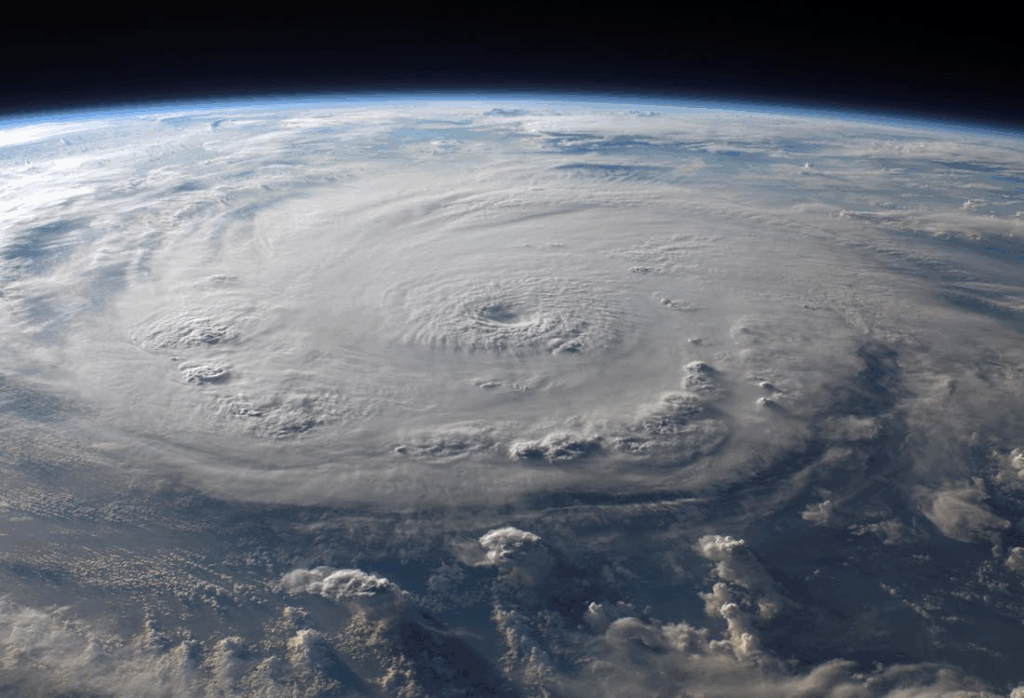Hurricanes devastate more than just infrastructure; indeed, they profoundly impact mental health and safety. For instance, the NYSDOH’s 2012 Hurricane Sandy research highlights how syndromic surveillance tracks these trends in real time. Consequently, this public health tool, combined with telehealth and EMDR therapy, revolutionizes disaster recovery efforts.

Hurricane’s Toll on Communities
Hurricane Sandy, for example, claimed 53 lives and damaged 300,000 homes in New York. Moreover, it triggered lasting PTSD, depression, and anxiety. Therefore, the NYSDOH study emphasizes prioritizing mental health and injuries in disaster response, as both surge significantly post-storm.
Hurricane Surveillance Breakthrough
Furthermore, syndromic surveillance analyzes daily ED data, capturing chief complaints instantly. Specifically, NYSDOH’s keyword lists, developed with NYC and New Jersey, include over 100 terms for depression, self-harm, fractures, and more. As a result, this enables rapid detection of health crises.
Mental Health Post-Hurricane
For instance, disasters like Hurricane Katrina reveal persistent PTSD and depression. Similarly, NYSDOH’s nine mental health subcategories, such as psychoses and addiction, track complex needs. Thus, terms like “DEPRESSION” may signal anxiety, guiding telehealth resource allocation effectively.
Hidden Hurricane Injuries
Additionally, hurricanes cause injuries during preparation, evacuation, and cleanup. In fact, NYSDOH’s seven injury subcategories, including burns and vehicular accidents, monitor these trends. Consequently, terms like “HIT” or “FALL” highlight risks, particularly in urban areas, aiding prevention efforts.
Telehealth and EMDR Support
While syndromic surveillance informs, telehealth and EMDR therapy deliver care. Specifically, telehealth provides remote therapy access post-disaster. Likewise, EMDR reduces PTSD symptoms by processing trauma, thereby ensuring data-driven, accessible mental health support.
Collaborative Validation
Moreover, NYSDOH aligned keyword lists with CDC, NYC, and New Jersey for standardized surveillance. These flexible lists track broad or specific trends, like teen suicide. Therefore, future studies will validate keywords against ICD codes, comparing disasters like Hurricane Irene for accuracy.
Dr. Sara C is a renowned therapist specializing in EMDR, CBT, and DBT therapies, providing top-rated telehealth services to Newport Beach, CA; Beverly Hills, CA; San Diego, CA; Portland, OR; Jacksonville, OR; Dallas, TX; and Houston, TX. Choose her for the best therapy in California, Texas, and Oregon.
In case of a mental health emergency, please call 911 or seek immediate professional help.
Source:
Lauper, U., Chen, J., & Lin, S. (2016). Window of opportunity for new disease surveillance: Developing keyword lists for monitoring mental health and injury through syndromic surveillance. Disaster Medicine and Public Health Preparedness, 11(2), 173–178. https://doi.org/10.1017/dmp.2016.99